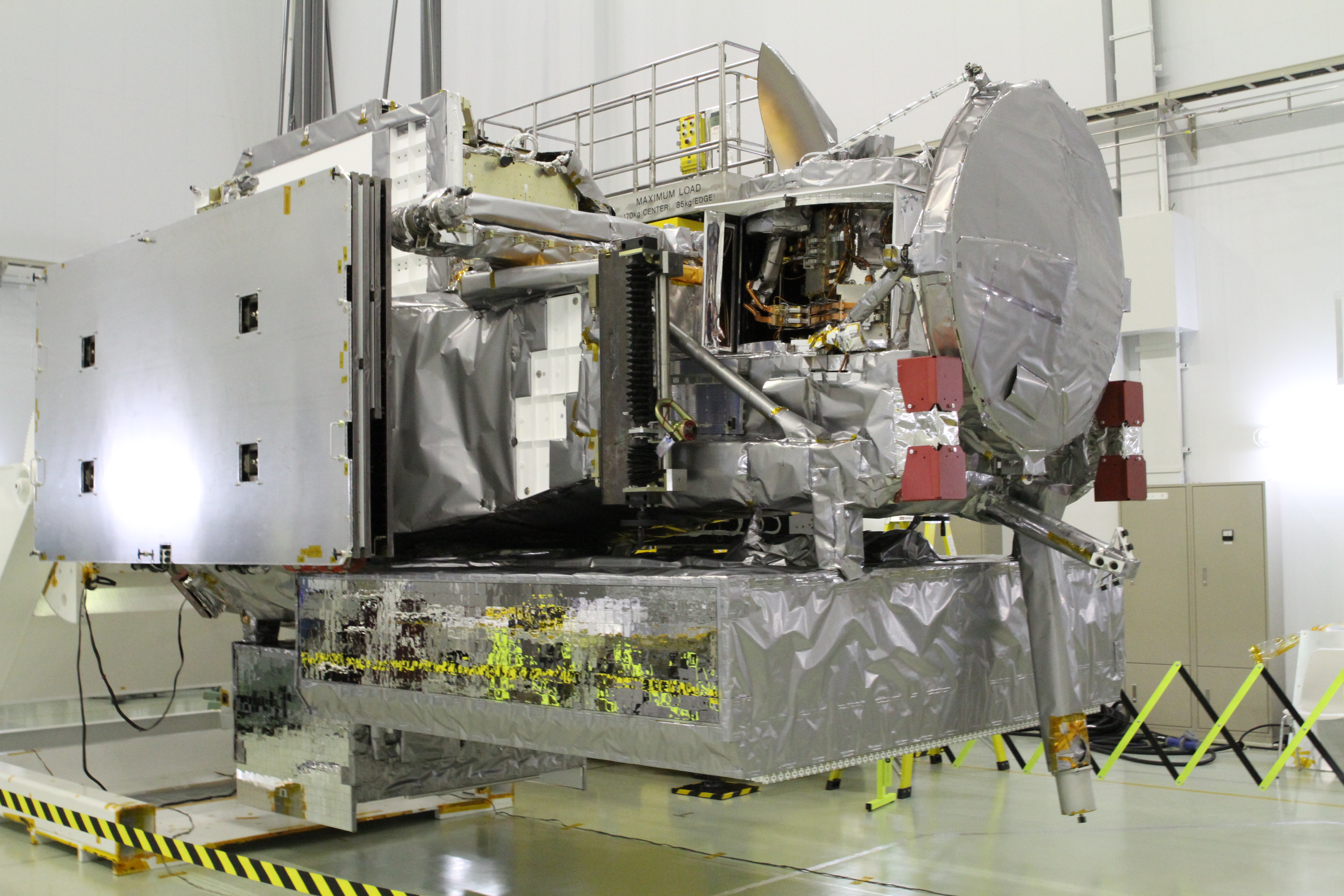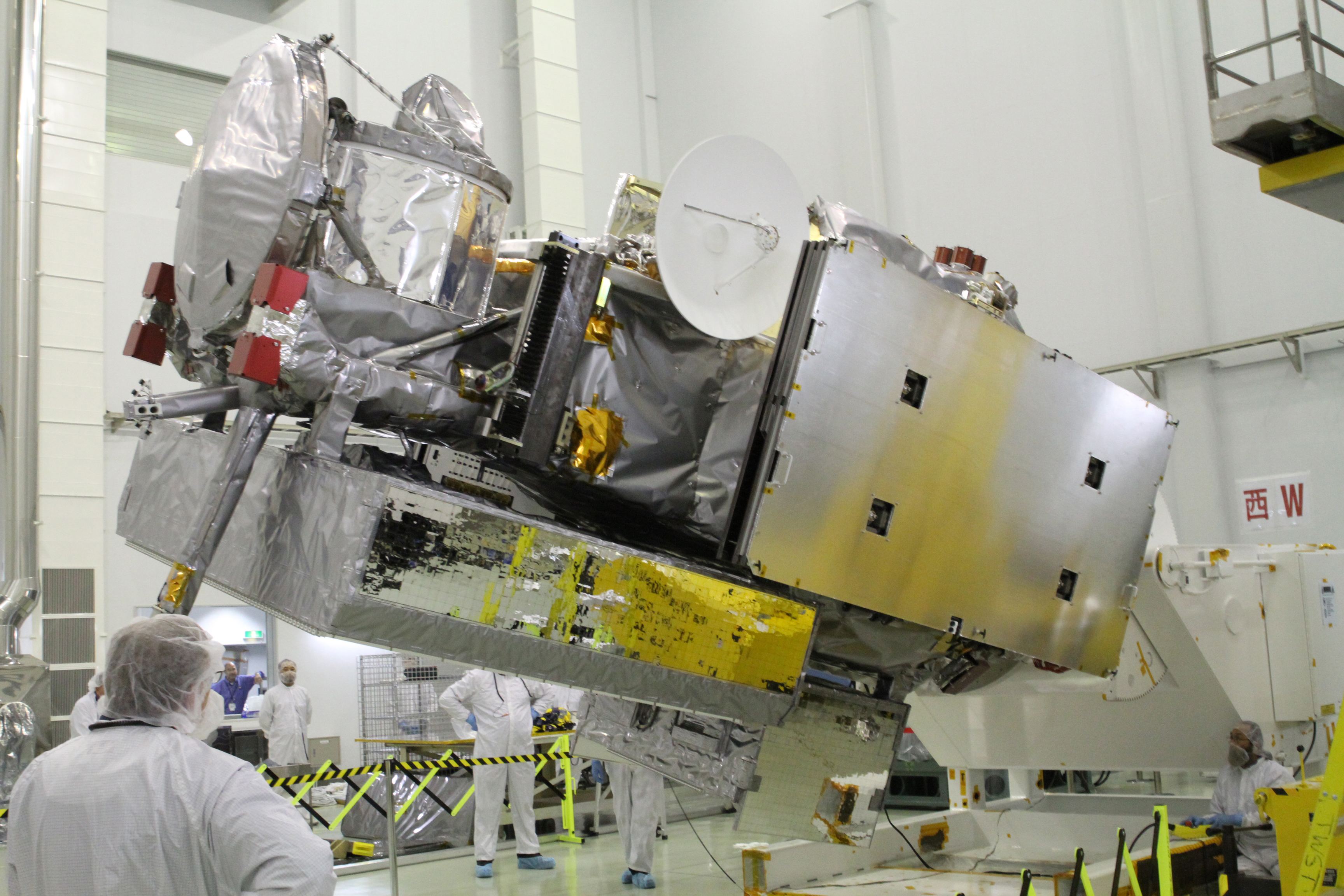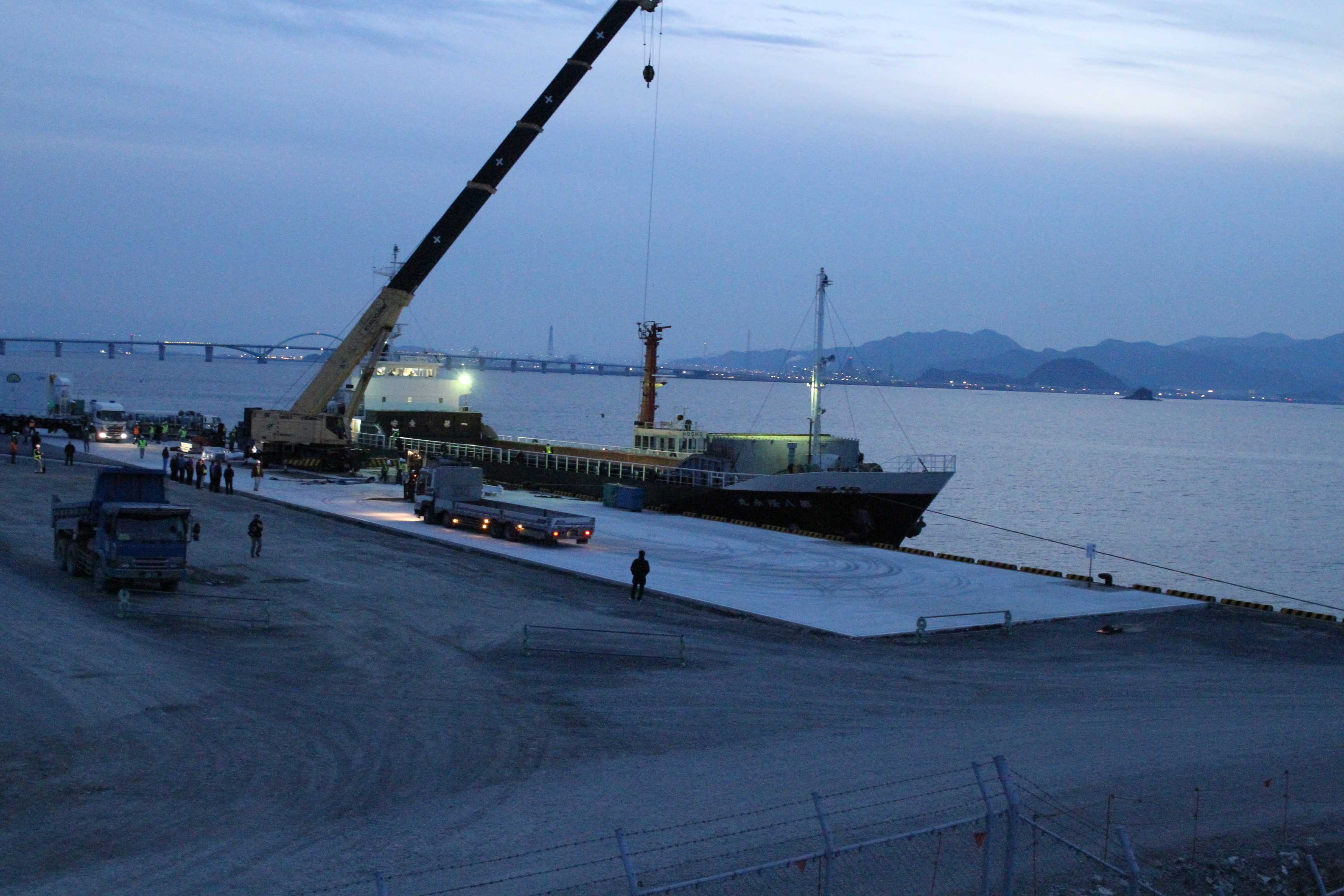GPM Spacecraft Oriented for Inspections at JAXA

Image Caption
The GPM spacecraft oriented for inspections after its arrival in the clean room at Tanegashima Space Center.
Content which is affiliated solely with the Global Precipitation Measurement Mission.



When asked to picture the shape of raindrops, many of us will imagine water looking like tears that fall from our eyes, or the stretched out drip from a leaky faucet. This popular misconception is often reinforced in weather imagery associated with predictions and forecasts.
Raindrops are actually shaped like the top of a hamburger bun, round on the top and flat on the bottom. This new video from the Global Precipitation Measurement mission explains why.
